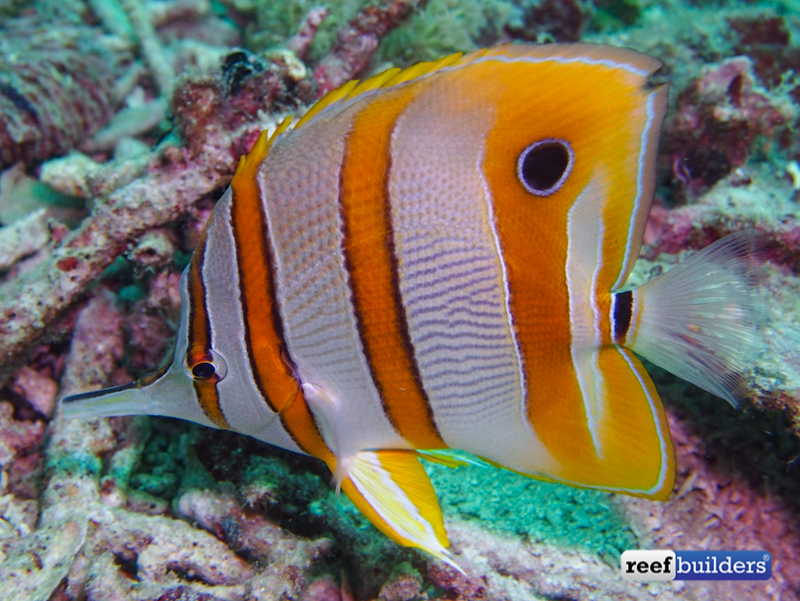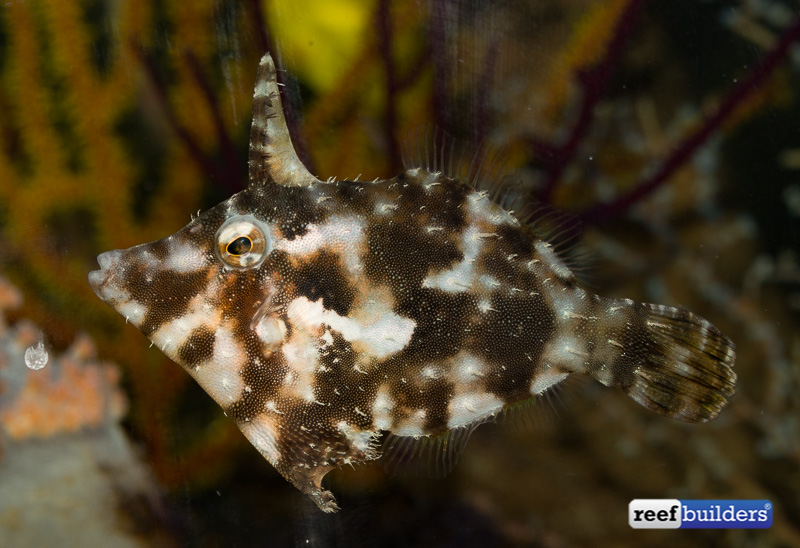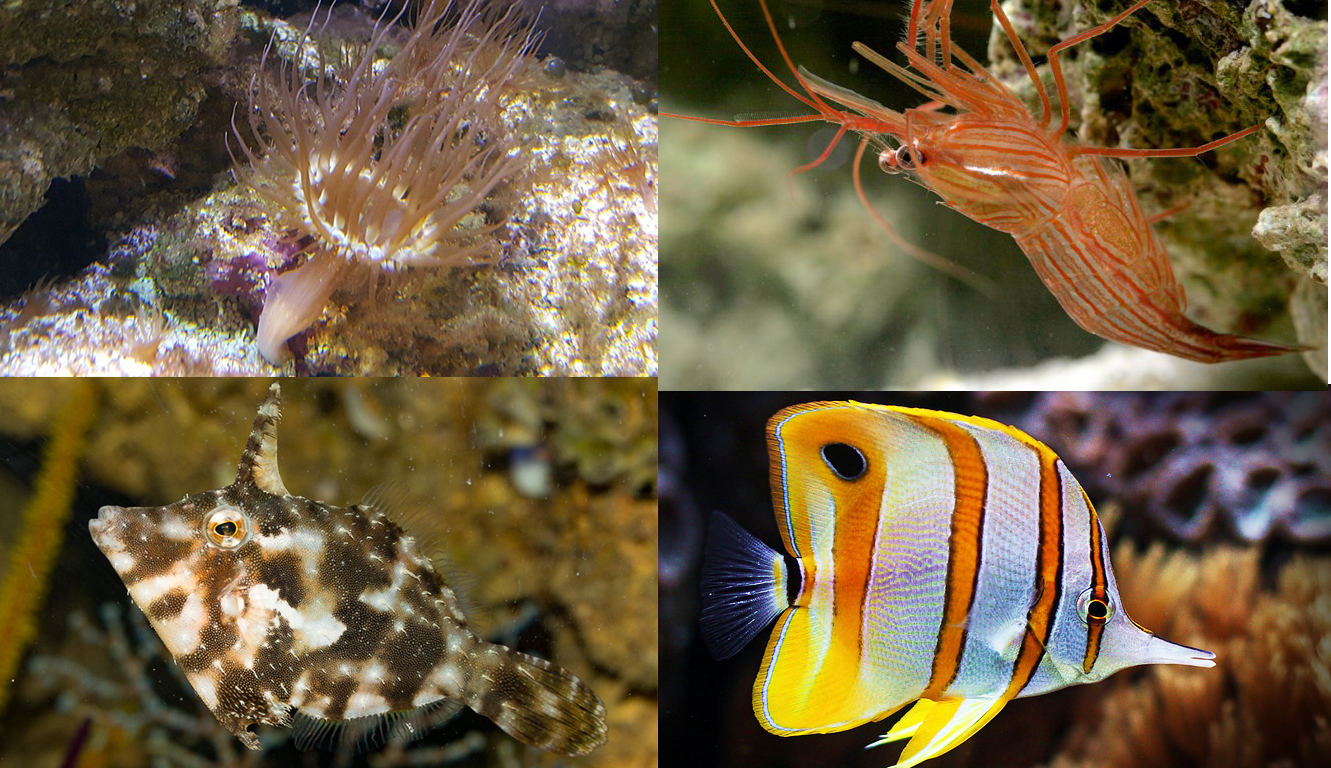For as long as reef tanks have existed so to have a wide range of undesired pests, possibly none more notorious than the infamous Aiptasia anemone. To avoid introducing Aiptasia in the first place and to keep a system free of them requires keen inspection of everything placed in the aquarium, as well as a long term commitment to best practices.
If there were a straight-forward method of control that would be effective in all reef tanks the conversation would have ended right then and there, and saved the sanity of passionate reef keepers the world over. With patience and properly applied control methods it can be possible to put Aiptasia in the rear view mirror, and forget all about these coral stinging eye sores.
It’s not difficult to find Aiptasia on a wild reef, however only in rare cases do they reach plague proportions as they so easily do in our captive systems. It’s a logical conclusion that something must make their living feasting on Aiptasia and our instinct is to find and employ such creatures to do the tough work for us.
One of the most commonly available and affordable of all biological control methods is the humble peppermint shrimp. Not all “peppermint shrimp” are equal in their appetite for Aiptasia and understanding how to identify the helpful shrimp can go a long way to save time and frustration in the battle. Peppermints are a clear choice when a given aquarium is appropriately sized and without any potential predators to feast on the shrimp themselves. In the right system having peppermints control and in some cases eliminate Aiptasia certainly isn’t unheard of, and is often the first form of natural control attempted by aquarists.

Not uncommon either is the Copperband Butterfly Fish. It can often take patience to find a specimen with a taste for Aiptasia, and without the anecdote from someone who personally has experience with the individual fish it is nearly impossible to guess if it will work. By far one of the most effective fish, however for many reefers the risk is not worth the potential reward.
Thanks to captive breeding Bristletail Filefish are quickly becoming a fan favorite in the battle agains Aiptasia. They are relatively inexpensive with an outstanding track record. None of these natural controls come without some risk to other tank inhabitants, but despite that Filefish are generally considered reef safe and one of the hardest working troops in the ongoing fight against Aiptasia.

There is an endless array of chemical products used to inject or smother Aiptasia, many are available within the aquarium industry and some less conventional solutions which aren’t difficult to track down at a local hardware store. If done properly; injection with a chemical is hands down the quickest, cheapest, and most effective tool to use in the fight.
Due to the nature of the aquascapes in so many reef tanks, rarely is a single one of these solutions the end-all-be-all. A holistic approach incorporates biological and manual control in tandem. Watch the video for all the details about the method practiced at the Reef Builders Studio in an ongoing battle against Aiptasia.



